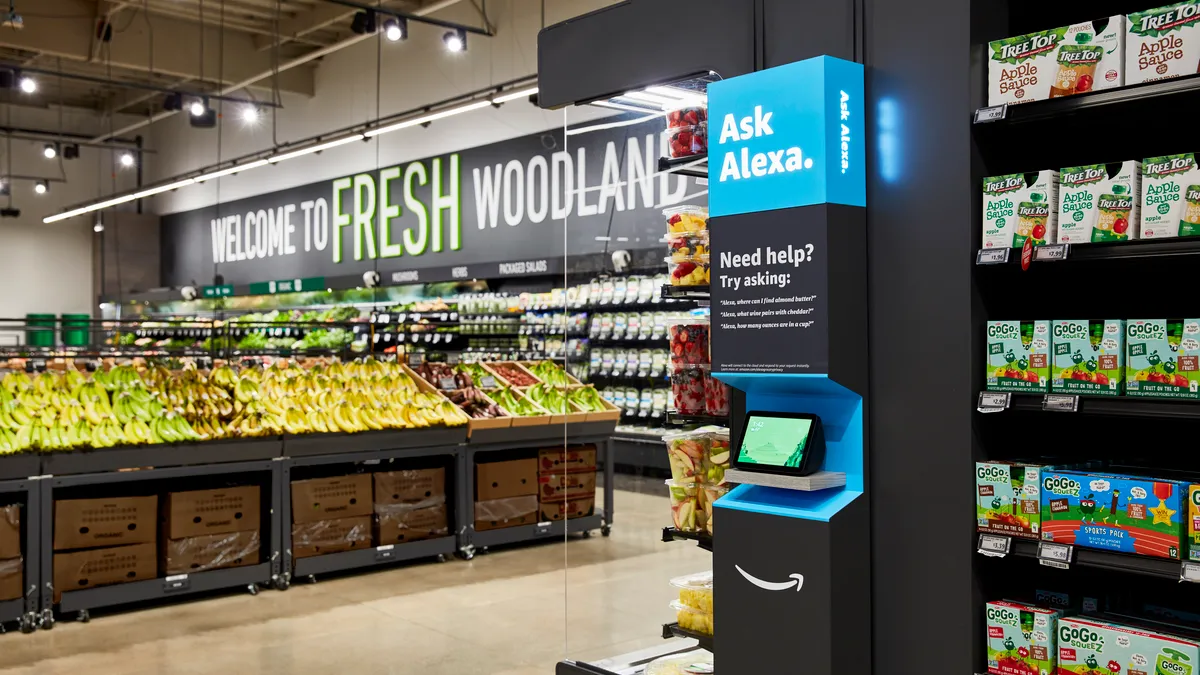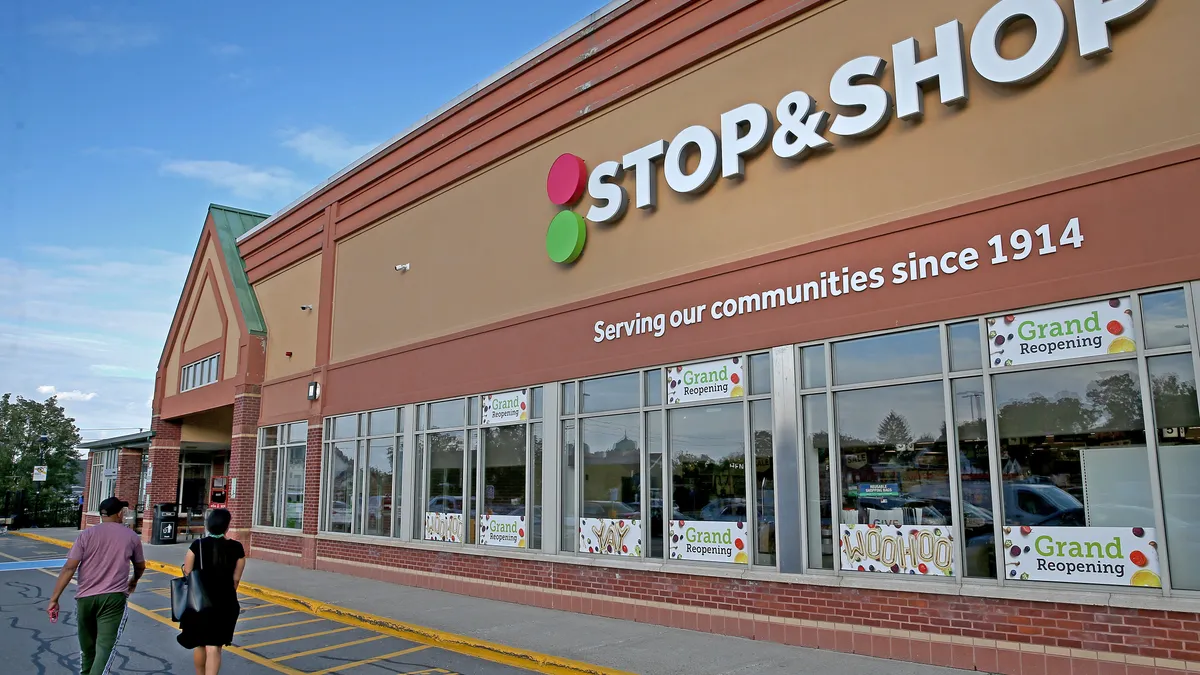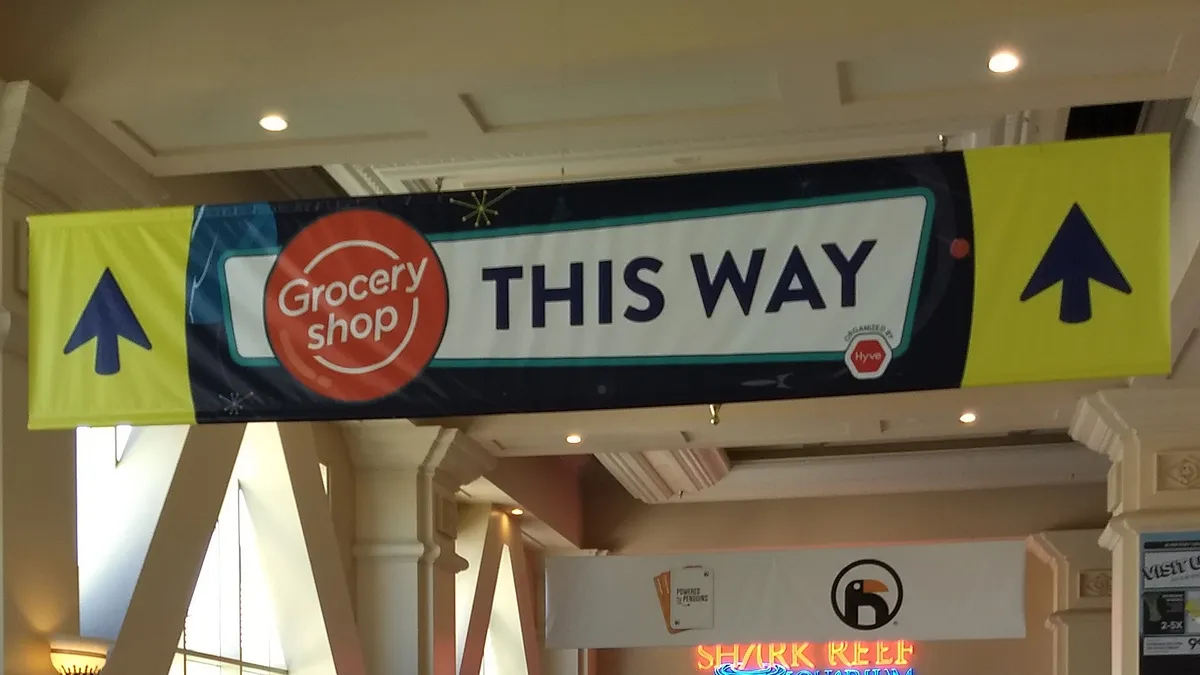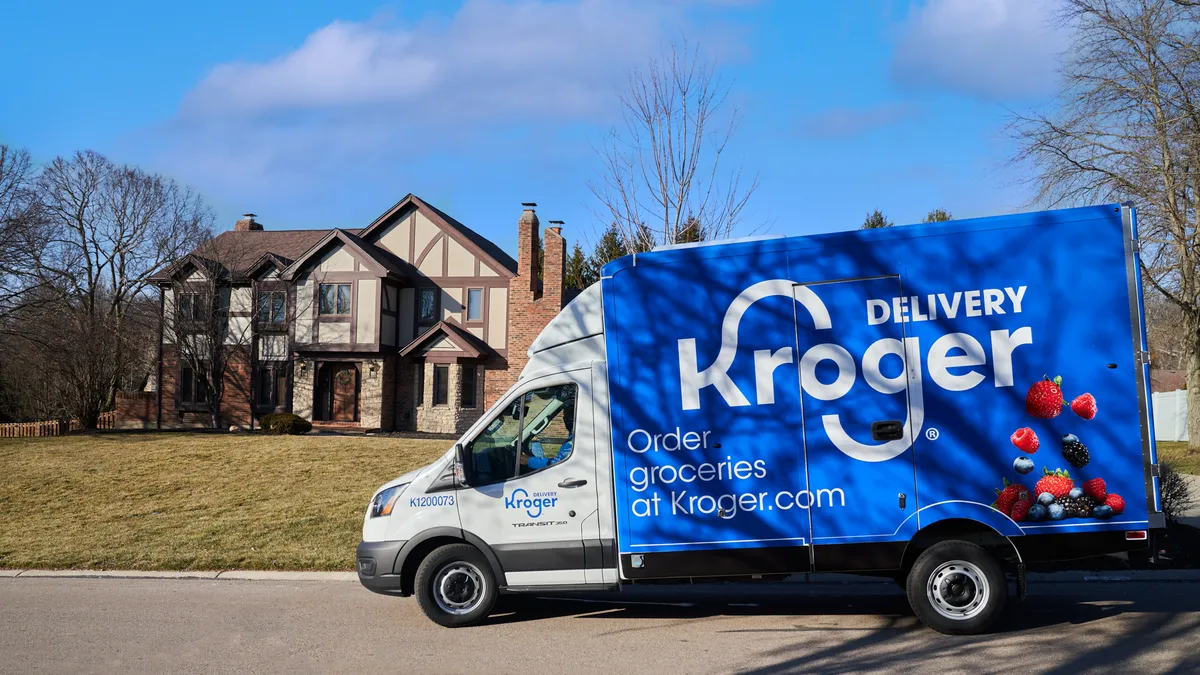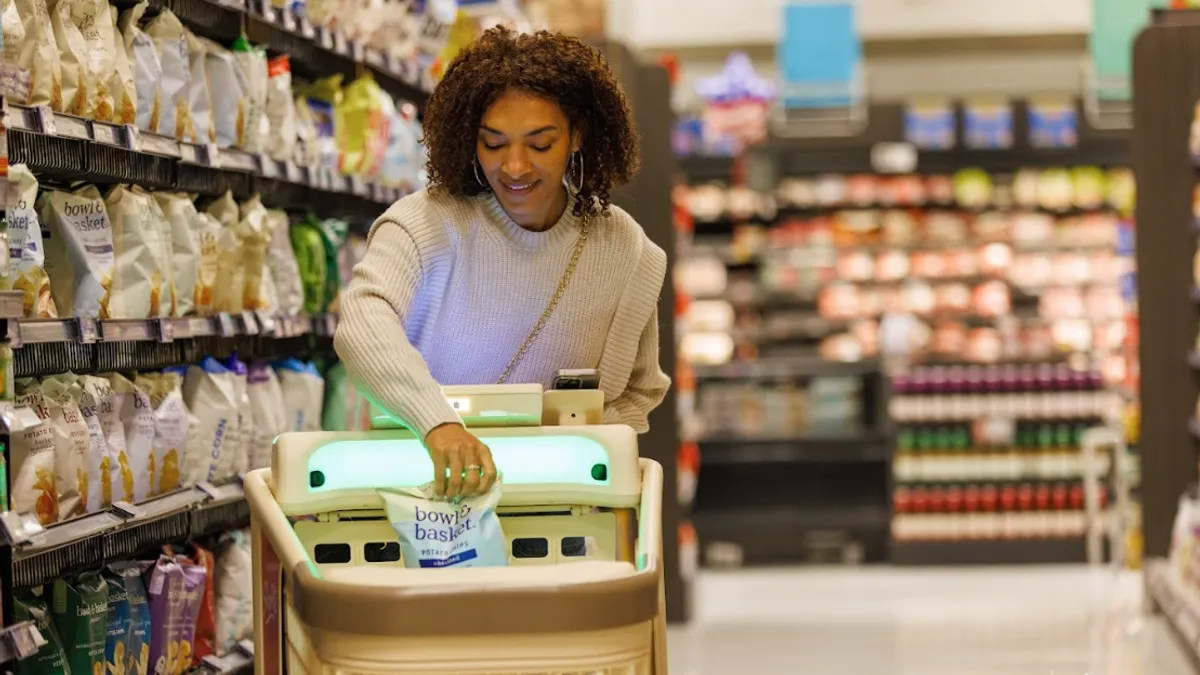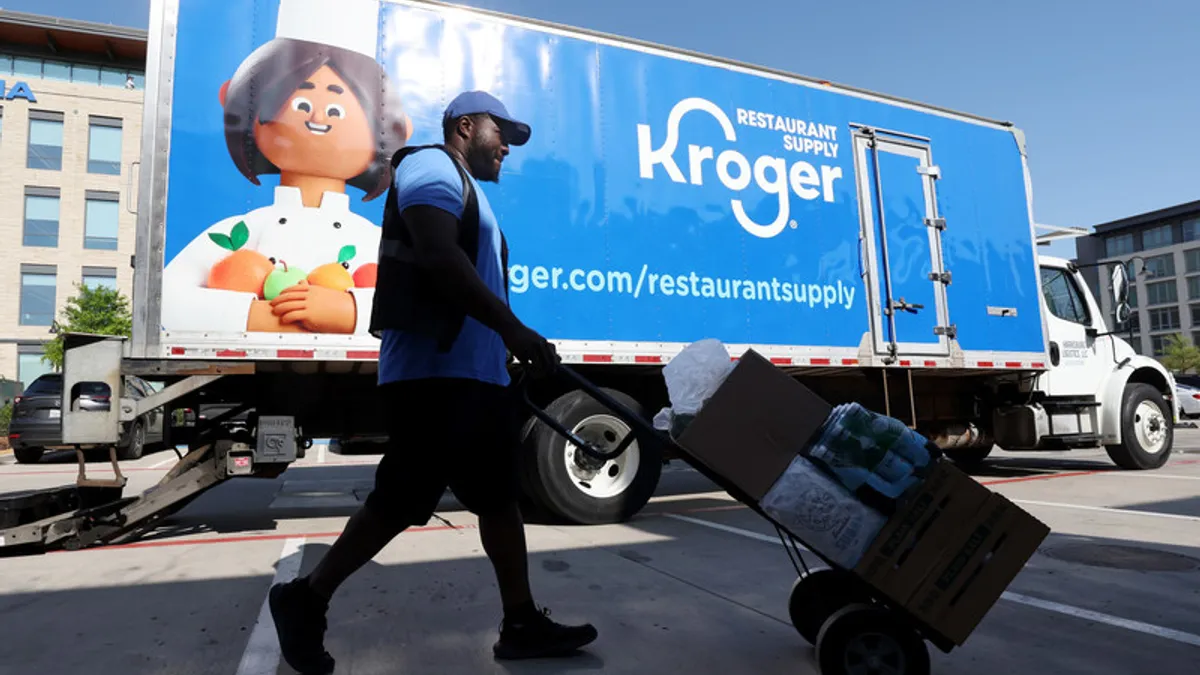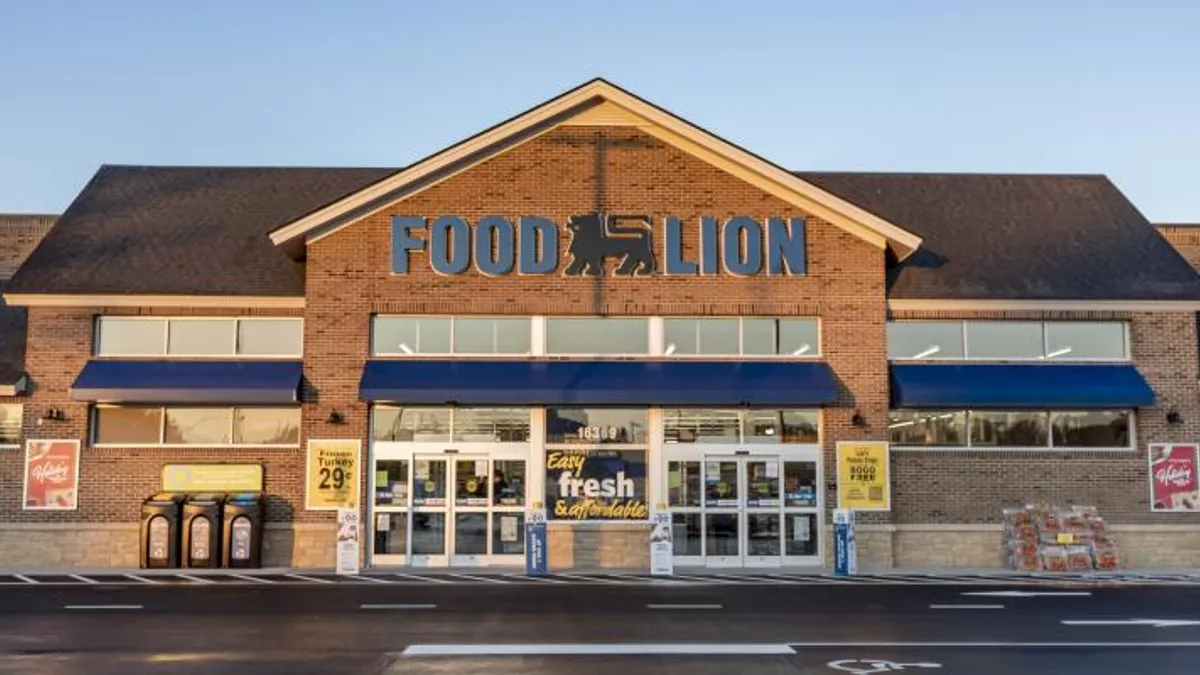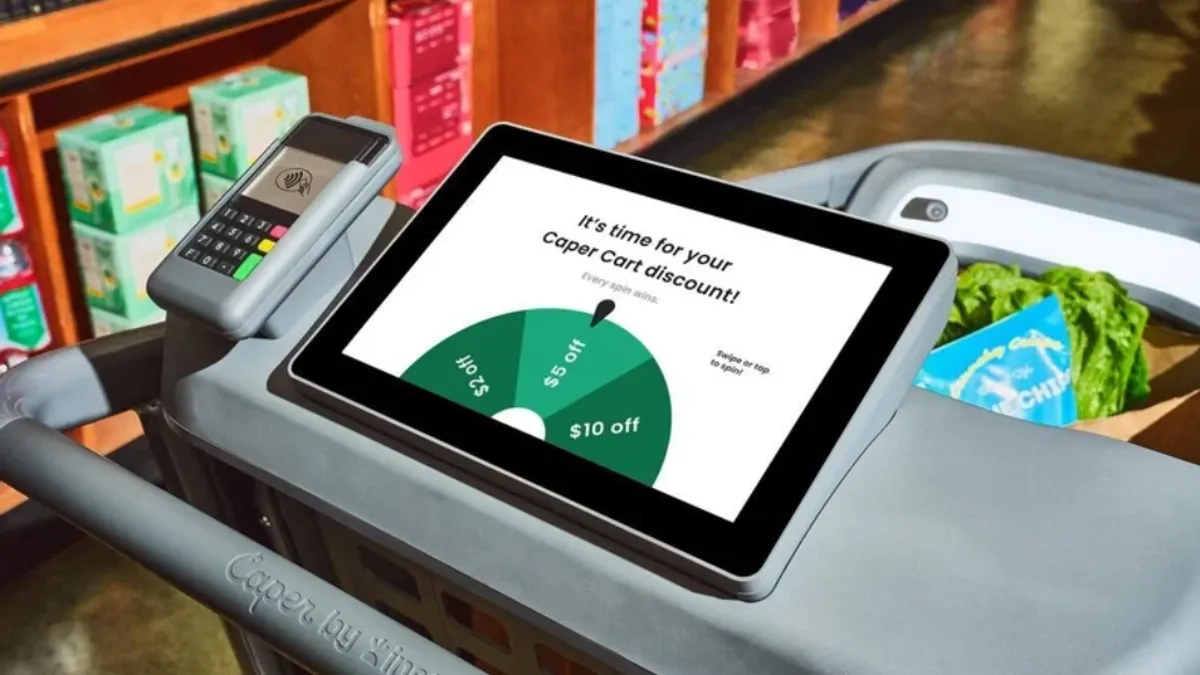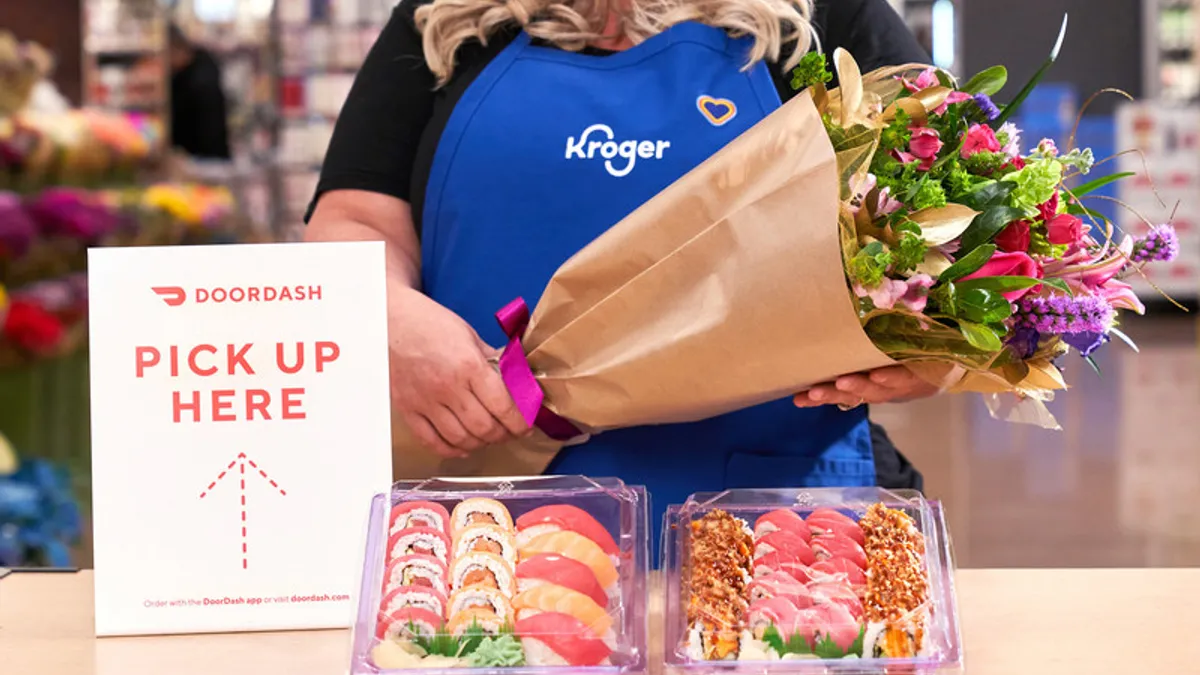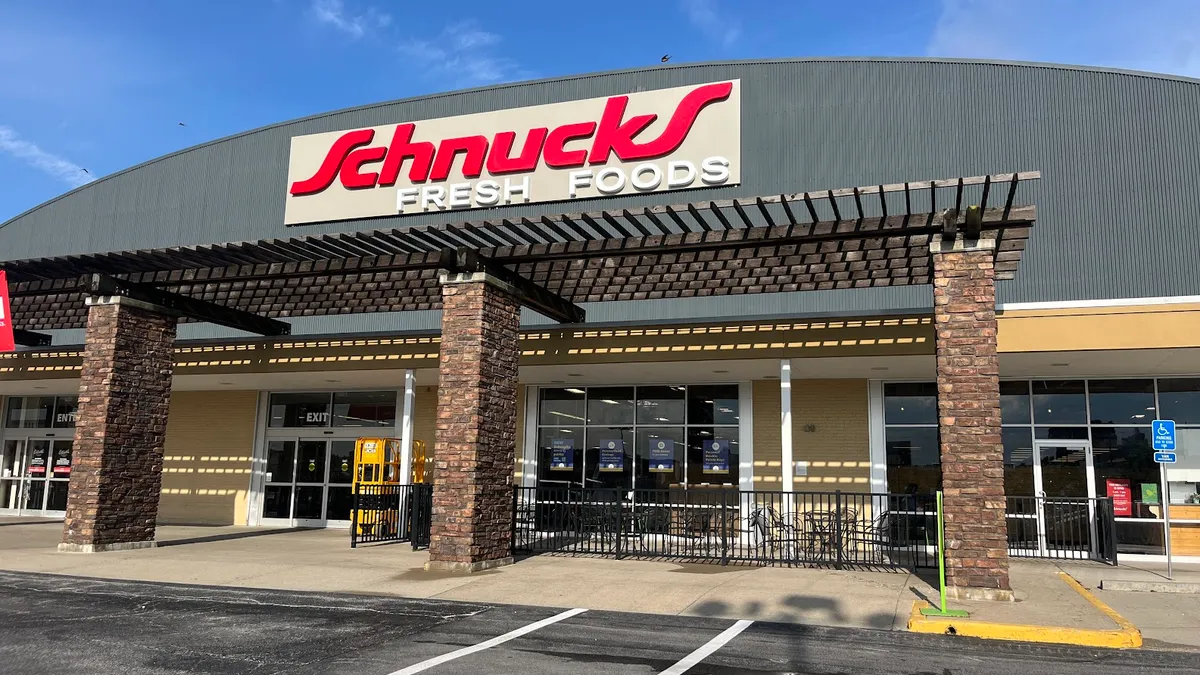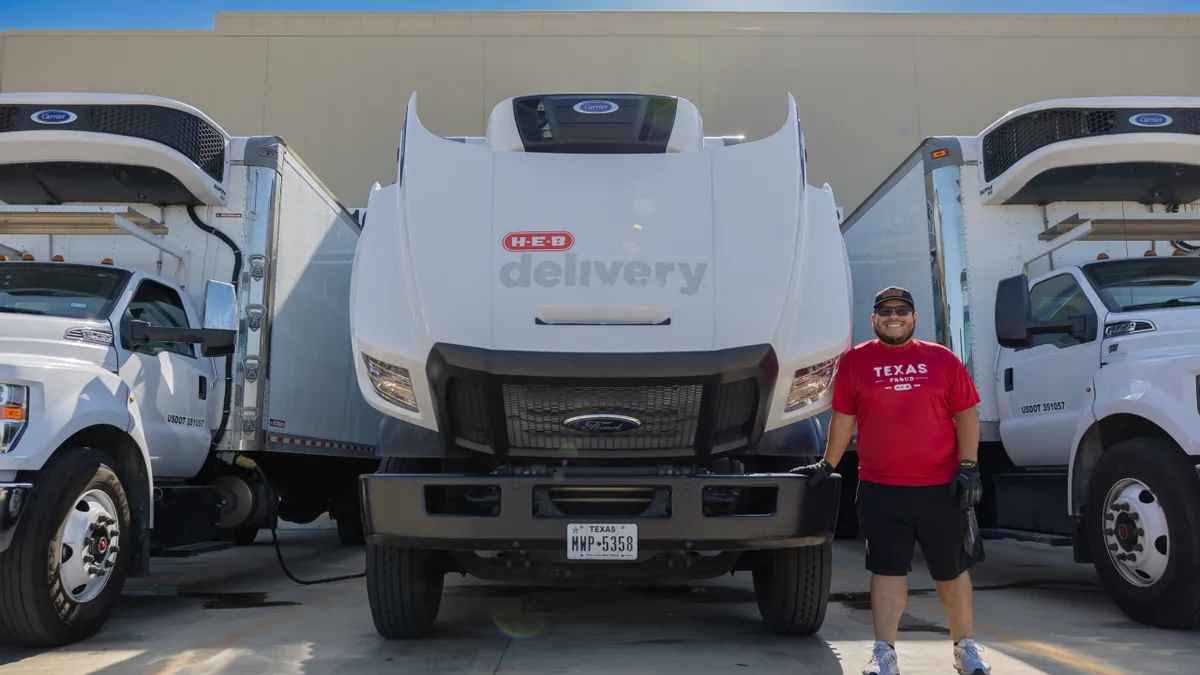The following is a guest post from Matt Newberg, founder of emerging food trends subscription service HNGRY, who briefly worked undercover as an Amazon Fresh driver.
I have always been convinced that there is much more lurking behind the in-store experience at Amazon Fresh than it touts to the press. I became so curious that in September, I signed up as a Flex contractor to deliver groceries from Fresh stores in Los Angeles that were operating as last-mile dark stores not yet open to the public.
The e-commerce giant has been playing in the online grocery space since its initial launch in 2007, but a perfect storm has finally emerged that poses Amazon as a major threat to both traditional grocers and foodservice companies as it inches closer to your doorstep.
Here’s why:
The timing is just right
The pandemic has forced a lot of our calories up for grabs, with year-over-year restaurant sales down 20% from September 2019 and groceries up 12%, according to the U.S. Census Monthly Retail Trade Report. This has drastically stabilized since March, when grocery sales surged by 29% year-over-year while restaurant sales plummeted 28% — a complete cannibalization. Simultaneously, the share of grocery that has gone online for pickup and delivery has reached nearly 10%, a 3 times increase from last year.
With Fresh, Amazon’s formal entry into the grocery retail space could not have been more opportune. While Instacart and Walmart lead the race, its new Fresh expansion poses a serious threat to the now-antiquated promise of same-day delivery.
Same hour > same day
In two days, I delivered orders to customers living less than 1.5 miles away from Fresh stores, in some cases enabling them to get their groceries in less than an hour. By locating stores within the literal last mile of its most valuable households, Amazon is underscoring its strategy to drive purchase frequency among its Prime customer base while lowering the time and cost of each delivery. Through my experience delivering 70 bags over the course of two days, I estimate that Amazon incurs roughly 50 cents per bag in delivery fees from Fresh stores.
Before its purchase of Whole Foods, Amazon fulfilled Fresh deliveries from a small handful of centralized warehouses located far from the end consumer in select markets. Today, it can blanket cities with a mix of dark and consumer-facing grocery stores, creating the ultimate flywheel between online convenience and physical retail experience.
A wide assortment targeting omnichannel demand
Unlike Instacart, where the same individual picks, packs, and delivers groceries, Amazon Fresh staffs full-time delivery shoppers who hand off pre-packed order totes to Flex contract drivers. Depending on the specific vehicle type, Amazon estimates trunk capacity for each driver, optimizing the number of return trips back to the store for replenishment. Because these stores are at the core of Prime-dense neighborhoods, Amazon can afford to pay Fresh drivers an estimated 68% more than those who pick up standard merchandise from more centralized warehouses, according to my analysis comparing the top earning ranges of standard Amazon Flex gigs for packages versus Fresh.
While I couldn’t see inside customers’ bags, most orders contained a large number of bags that appeared to contain a wide array of inventory. Shopping online confirmed this, with Fresh offering everything from Amazon Kitchen pre-prepared spaghetti and meatballs to alcohol and everyday household items. This wide variety of inventory combined with complementary online/offline shopping behavior allows Amazon to increasingly bolster average order values with targeted recommendations and CPG advertisements over time.
The online/offline flywheel
With Fresh retail stores, shoppers can seamlessly shift from in-store discovery to repeat purchases of those items from the comfort of their homes. Amazon enables this fluidity by allowing shoppers to retrieve their Alexa shopping lists via Dash cart while also storing offline purchasing data for future online orders.
Upon landing on the Fresh tab of Amazon’s website, shoppers who live near its first Fresh store in Woodland Hills, California, are greeted with marketing about all its in-store perks. Whereas Prime shoppers don’t usually think about the warehouse where their household items come from, Amazon wants consumers to know that it’s nearby in order to build a lasting relationship that doesn’t care how often you go into the store, so long as you’re loyal across channels.
Mobilizing Prime members
Across the board, Prime members have larger basket sizes and purchase more frequently than non-members, Amazon Chief Financial Officer Brian Olsavsky said during the company's Q2 earnings call. According to research earlier this year by Brick Meets Click, 66% of all U.S. households are Prime members, 24% of whom utilize Prime Now or Fresh services. That remaining 76% of members — roughly 50% of all U.S. households — is a massive opportunity.
While traditional grocers operate off of notoriously thin margins, Amazon is playing an entirely different ballgame. During the call, Olsavsky explained that Amazon has lost money on grocery during the pandemic but was pleased by its progress in the space.
In addition to helping it expand into higher-margin businesses like pharmacy, a brick-and-mortar strategy enables Amazon to unlock multichannel shopping data that can be used to fuel its $14 billion advertising platform. Imagine brands going to a single platform like Amazon to buy advertising space on both offline shelves and online search terms. That is something that only an omnichannel retailer like Amazon can pull off.
A new era dawns upon us where retail is a small cog in a much larger machine that is increasingly driven by voice assistants, smart carts and mobile devices. Every calorie migrating from a restaurant to a specialty store is officially up for grabs. Amazon has pledged to figure out what those items are and deliver it faster than you can answer, “paper or plastic?”


